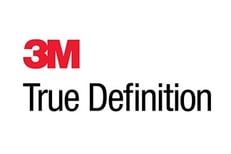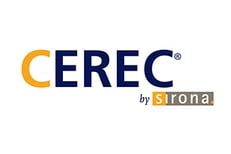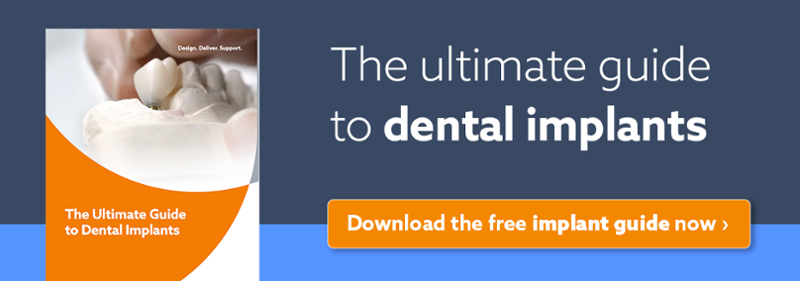Digital dental impressions are one of the most recent innovations to revolutionize the dental industry. Choosing the right scanner for your practice can be detrimental in aiding the digital impressions process. Digital impressions and the use of high-tech digital scanners are increasingly popular because they can improve impression accuracy, save time and provide a better overall patient experience. Digital scanners also help simplify the process of taking an impression. First, with the use of safe and non-invasive technologies, an extremely precise intraoral image of a patient’s teeth and gingival tissue is captured. The digital images can then be used to generate 3-D digital models. These 3-D digital models contribute to the high efficiency and effectiveness of CAD/CAM dentistry, which is utilized in a wide range of orthodontic and restorative treatments.

Digital scans can be sent directly to dental laboratories or chair-side CAD/CAM systems, subsequently eliminating the process of pouring a plaster model and any time spent preparing a conventional impression for shipping. Most modern dental laboratories are equipped to accept digital impression scans on a regular basis. The most popular scanners to consider include: 3Shape TRIOS, 3M True Definition, Sirona CEREC, iTero, and CS Connect. So, how do you know which system is right for your practice? It can be difficult to decide, but it’s important to keep in mind the key information below when making a decision for your office.
 3Shape TRIOS
3Shape TRIOS
The 3Shape TRIOS system includes an integrated intraoral camera. Teeth do not need to be powder-coated prior to scanning and the scanner has an accuracy of 20 µm. The intraoral scanner is fast and easy to use, produces 3-D color impressions, and will also take shades while scanning. The scanner includes access to 3Shape Communicate, a tool that makes it easy for dentists to communicate with their dental laboratory so they can discuss and plan cases before submitting their scan. The 3Shape TRIOS is suitable for single and multiple units, as well as for full arches.
More here ›
 3M True Definition
3M True Definition
The 3M True Definition scanner has a reputation for being one of the most accurate on the market and for generating consistent results. This attribute is extremely important, since accuracy is vital for producing a perfect and precise-fitting restoration. 3M True Definition also has the smallest wand on the market. The wand is ergonomically balanced, making it easy to scan from multiple positions. However, teeth must be powder-coated prior to scanning. The 3M True Definition scanner can be used to scan single units, multiple-unit restorations, and long-span bridges. It can also be used for full-arch dentistry and has been clinically proven to have a fit rate of 99.7%.
More here ›
 Sirona CEREC
Sirona CEREC
The Sirona CEREC offers users easy handling and powder-free scanning. Sirona CEREC creates precise 3-D impressions in full color. This scanner is accurate to 20 µm and the wand is designed to feel natural to hold. The system is designed to be very user-friendly and easy to operate. Sirona CEREC is particularly good for single restorations- one tooth can be scanned within a matter of seconds.
More here ›

iTero
The iTero scanner is an extremely precise and compact machine. It does not require teeth to be powder-coated prior to scanning. iTero offers Invisalign certified connectivity. ClinCheck setups are up to 50% faster with this system. As of March 2016, iTero scans have been used to create 1.2 million restorations, including crowns, bridges, custom implant cases and orthodontic cases (which consist of more than 600,000 scans for Invisalign!).
More here ›
CS Connect
Carestream’s CS Connect makes it easy to share and manage digital impressions, allowing dentists to work with their preferred lab provider. CS Connect uses open .STL files, which makes it simpler for dental labs to utilize the CAD design software of their choice. This scanner uses asynchronous data transfer, meaning a real-time connection with the dental lab is not necessary - impressions can be sent at any time. CS Connect can also be integrated with CS Imaging software, giving doctors the ability to transmit files while looking at a patient's chart.
More here ›
When considering which digital scanner system to purchase, it is important to take into account the information above. Your practice will want to keep in mind the most frequently performed types of restorations and which scanner will prove most useful with your patients. It is also detrimental to inquire about maintenance fees and per scan click fees, which will vary from system to system and from user to user. No matter which scanner is selected, having a digital scanner in-office will greatly improve impression accuracy, ease of communication with your lab, overall patient comfort and will make the impression-taking process much more simple and efficient.
We are here to help. Should you have any questions or want to discuss a specific case, please schedule a call with one of our expert technicians.
Click here to schedule a consultation with our technical team ›
